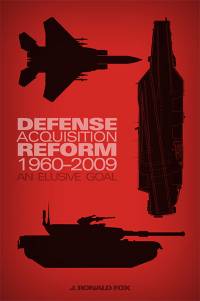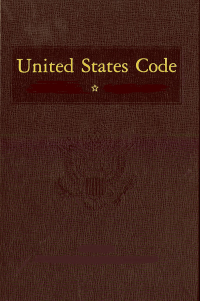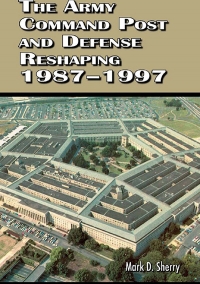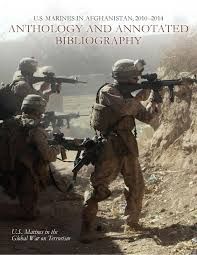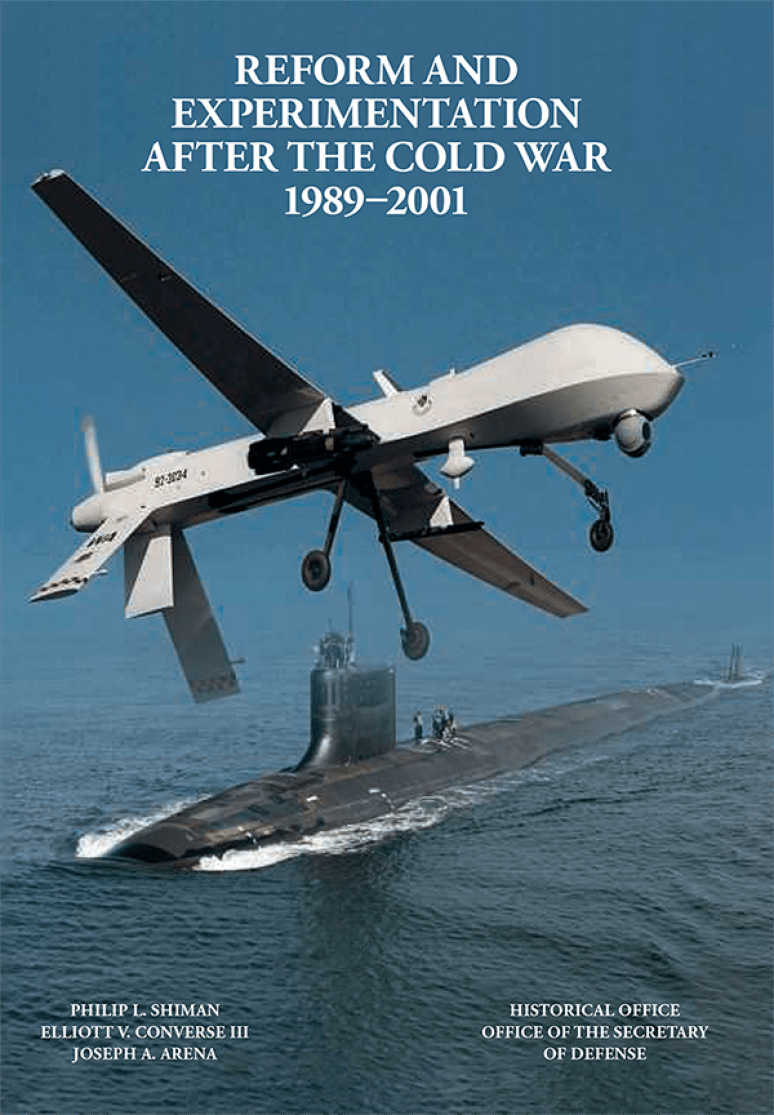
Reform and Experimentation after the Cold War, 1989–2001, captures the history of acquisition during a fertile period for initiatives aimed at enabling the Defense Department to become better at supporting the development and production of new weapon systems. In a context of restrained budgets and optimism for a future free of superpower conflict, defense leaders implemented reforms and experimented with new methods designed to sidestep the hurdles that often led to unacceptable cost increases and schedule delays. The increasing consolidation of responsibility for acquisition oversight and policy in the Office of the Secretary of Defense, combined with pressure from Congress and elsewhere to fully implement the Packard Commission and Goldwater-Nichols reforms of the mid-1980s, gave defense leaders the motivation and influence to carry out several waves of reform over the 12 years of this wide-ranging study. As the authors deftly show, those reforms and experiments met with mixed success.
LIST OF ILLUSTRATIONS ix
FOREWORD xi
PREFACE xiii
ACKNOWLEDGMENTS xix
I. THE INTERNATIONAL ORDER IN FLUX: FROM THE FALL OF THE BERLIN WALL TO THE 9/11 ATTACKS 1
America’s Search for a Post–Cold War Strategy 2
Structuring the Post–Cold War Force 7
Technology and the Search for New Methods of Warfare 14
1989–1990 23
The Quest for Acquisition Reform 23
The Management Review and Report 32
Implementing the Report 37
III. THE FAILURE OF OVERSIGHT AND MANAGEMENT:
THE A–12 PROGRAM 53
The New Acquisition Czar 53
The A–12 Fiasco 59
Lessons of the A–12 66
Disciplining the System 71
IV. THE V–22 OSPREY AND THE POLITICS OF THE DEFENSE
DRAWDOWN, 1989–1992 85
The Peace Dividend 85
The Fight for the Osprey: Strategy and Tactics 94
The Fight for the Osprey: Cat and Mouse 102
The Fight for the Osprey: Showdown 107
V. ACQUISITION UNDER STRESS: ADAPTING TO WAR
AND RETHINKING REFORM, 1990–1993 121
Acquisition for the Persian Gulf War 121
Progress Without Production 131
vi Contents
The “New Approach” to Acquisition 134
Rethinking Acquisition Reform 141
VI. THE CLINTON ADMINISTRATION, CONGRESS, AND ACQUISITION REFORM, 1993–1997 155
Pentagon Acquisition Leadership and Reform Agenda 155
Integrating the Defense and Civilian Industrial Bases 161
Reinventing Government 164
Congress and Reform 168
VII. REFORMERS “REENGINEER” ACQUISITION, 1993–1997 179
Business Process Reengineering 179
Organizing for Acquisition Reform 181
Planning Acquisition Reform: Process Action Teams 184
Changing “How We Buy”: Integrated Product Teams
and Integrated Product and Process Development 186
Changing “What We Buy”: Military Specifications and Standards Reform 190
Defense Acquisition Pilot Program 193
The Search for Reform Metrics 194
The JDAM Pilot Program 196
Acquisition Reform Through Clinton’s First Term 199
VIII. THE TECHNOLOGY IMPERATIVE 211
The Problem of Technology Transition 212
Advanced Concept Technology Demonstrations 215
Unmanned Aerial Vehicle ACTDs 223
JAST and the Origins of the F–35 Joint Strike Fighter 233
IX. ACQUISITION AND THE COMPUTER REVOLUTION 251
Defense Department Oversight of Computer Acquisition 252
Difficulties in Hardware and Software Development 262
Command and Control Systems: Requirements 274
Command and Control Systems: Interoperability 281
Simulation-Based Acquisition 284
X. ACQUISITION REFORM, 1997–2001 299
The Fiscal Context of Reform 299
The New Team: Organization and Priorities 303
Reduction of Total Ownership Costs 310
The Section 912 Studies 315
The Rise of Alternative Acquisition Approaches 319
Evolutionary Acquisition Becomes Policy 328
XI. THE AIR FORCE AND ACQUISITION, 1989–2001
Acquisition Organization and Management 345
Darleen Druyun and Acquisition Reform 358
The C–17 Globemaster III: A Troubled Program Reverses Course 367
Contents vii
XII. THE ARMY AND ACQUISITION, 1989–2001 391
Organizing for Acquisition 391
Matrix Management 396
Acquisition Reform Organization and Training 399
MILSPEC Reduction and Teaming 402
Continuous Modernization 406
Modernizing Armor 411
“Changing The Way We Change,” Force XXI,
and the Digitized Battlefield 414
Force XXI Battlefield Command, Brigade and Below 420
Crusader: Acquisition in an Age of Army Transformation 422
XIII. ACQUISITION IN THE NAVY AND MARINE CORPS, 1989–2001 441
Acquisition Organization 441
Reorganizing OPNAV: Integrating the Warfare Communities 447
A–12 Fallout Stimulates Reform: The F/A–18E/F Super Hornet Program 451
Navy Acquisition Reform Organization and Initiatives 456
Applying Acquisition Reforms to Aircraft, Ship, and Submarine Programs 459
The Arsenal Ship 468
Acquisition Reform’s Mixed Results 472
XIV. RESTRUCTURING THE DEFENSE INDUSTRY, 1989–2001 491
Decline and Restructuring 491
The Battle Over Industrial Base Policy 497
The Promise and Peril of Dual-Use Technology 503
Merger Mania 510
XV. THE DEFENSE ACQUISITION WORKFORCE, 1989–2001 525
Defense Acquisition Workforce Improvement Act 525
Implementing DAWIA 529
The Workforce and Acquisition Reform 535
Defining and Downsizing the Acquisition Workforce 538
XVI. CONCLUSION 551
Senior military officials, foreign policy decision-makers, Congressional officials who are engaged in Department of Defense oversight, educators and students of U.S. military history, Veterans, and historians.


